Our dishwasher broke down this week and we think the culprit is the electronic control panel. The technician is calling today. (See updates at the end!)
Now washing and rinsing by hand – glass, cutlery, crockery, kitchen casseroles, pots and pans – provoked thoughts about Roman kitchens and cleaning the dishes.
Memories of camping washing-up emerged; stack it all in a bowl and go over to the shower block where washing up sinks are located on the outside. Pour in detergent, wash, rinse and dry up, walk back to tent.
Washing up as an individual in the field on military exercise is altogether different. If you’ve been able to have a hot meal/drink, you can use a little water and – wait for it – earth. And rinse, of course, with a little more water. If you’re lucky, you might be near sand. If you’re really lucky, you might also be near a stream. Otherwise pack a few sheets of paper kitchen towels and some plastic bags in your backpack.
A stepping stone to the modern fitted kitchen was the cutting edge Frankfurt Kitchen, designed by Margarete Schütte-Lihotzky for social housing projects in 1926. But even until the middle of the 20th century, washing the dishes often took place in a separate large bowl.
Which brings us back to Ancient Roman washing up…
A Roman kitchen usually had a raised hearth set against a wall waist height and edged with a curb to hold in the hot charcoal. Cooking was done while standing. A gridiron, a large iron stand, supported the pots and pans.
In larger or better-off households, Romans had dishwashers – kitchen slaves. They also helped with lifting heavy storage vessels, collecting wood for fires for cooking, grinding wheat for bread making, preparing food under the stern gaze of the cook who could be free or slave.
Some wealthier citizens’ houses in towns and senior officers’ permanent headquarters enjoyed a water supply piped to them from the public supply, but generally kitchen slaves would fetch buckets of water from the nearest public fountain or trough in the street. Poorer householders would fetch their own from the same sources. Bad luck if you lived on the top of a five-storey insula.
Kitchens were not necessarily clean places but often steamy, sooty and smokey places. Plus the lavatory/toilet/loo (pick your word) was often located in the kitchen!
What needed washing?
Glasses, cups, plates, bowls, jugs, serving dishes, cutlery. Sounds like today! But all precious, as hand-made, especially the glass.
Cutlery comprised knives of all sizes made of iron, with bone, wood or bronze handles, spoons of bronze, silver and bone.
Meanwhile in the kitchen, cooks, or the householder, could have a range of utensils from the simplest to the most extensive. As ever, money dictated the choice and number. Frying pans (fretale) made of bronze, round or oval in shape, with a lip for pouring, rectangular iron trays with handles for roasting or frying, shallow pans and earthenware dishes (patellae and patinae) which could be taken to the table for serving. That’s not even thinking of colanders, mixing bowls, mortars, pestles and ladles.
Washing the dishes
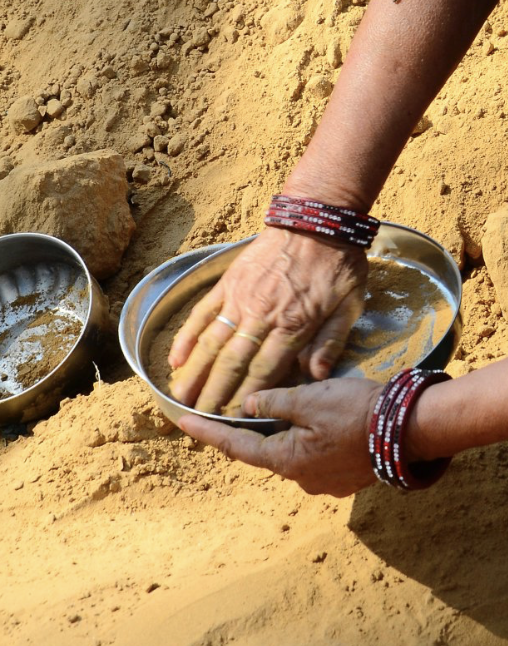 So a lot to wash up. The basic method was water, sand as the abrasive and elbow grease. Built-in sinks don’t seem to be evident in Roman houses (Let me know if you find otherwise!).
So a lot to wash up. The basic method was water, sand as the abrasive and elbow grease. Built-in sinks don’t seem to be evident in Roman houses (Let me know if you find otherwise!).
Large bowls – wood, terracotta or masonry basins with a hole for draining the water – seem to have been standard. A bucket would probably have done as well or even a trough in the street. Of course, there were the famous Roman drains in towns to take away the wastewater. In a larger kitchen, wastewater and often food waste was chucked down the lavatory hole.
Cleaning utensils and cookware was straightforward. Items made from metals could withstand abrasive cleaning reasonably well, but earthenware dishes, bowls and pots quickly deteriorated and would have needed regular replacement. Perhaps this accounts for the huge amounts of broken items found in excavations. But Romans could always nip along to the local pottery and get replacements cheaply and easily.
One account I read recently thought that cuttlefish bone was used as a cleaning abrasive, as was horsetail (equisetum), commonly called pewter wort, scouring rush, or shave grass, a plant with jointed stems suitable for scouring wooden utensils, dairy vessels, and pewter. Generally, rags or sponges, helped the process along. Hopefully, kitchen sponges and lavatory sponges didn’t become mixed up…
And the floors and work surfaces? Slaves cleaned tabletops and scoured stone and tile floors with – you guessed it – handfuls of sand.
Some Roman kitchens had a separate room called a lavatio (from Latin lavare – to bathe or wash) which was used for washing dishes and other kitchen utensils. It would have had a large basin or a series of basins and a channel or gutter for the water to run off.
We should bear in mind that people in ancient civilisations suffered frequently from gastro-intestinal upsets, something we can generally avoid in today’s Roman Empire. I mean the modern world.
I just hope the dishwasher man comes as promised…
Update: The dishwasher man came, but he took it away ‘for observation’. 😳
Second update, February 2024: Despite the repair, it (a Whirlpool) has finally conked out. A new one (a Bosch) will be delivered next week.
Alison Morton is the author of Roma Nova thrillers – INCEPTIO, CARINA (novella), PERFIDITAS, SUCCESSIO, AURELIA, NEXUS (novella), INSURRECTIO and RETALIO, and ROMA NOVA EXTRA, a collection of short stories. Audiobooks are available for four of the series. Double Identity, a contemporary conspiracy, starts a new series of thrillers. JULIA PRIMA, Roma Nova story set in the late 4th century, starts the Foundation stories. The sequel, EXSILIUM, will be out on 27 February 2024.
Download ‘Welcome to Alison Morton’s Thriller Worlds’, a FREE eBook, as a thank you gift when you sign up to Alison’s monthly email update. You’ll also be among the first to know about news and book progress before everybody else, and take part in giveaways.




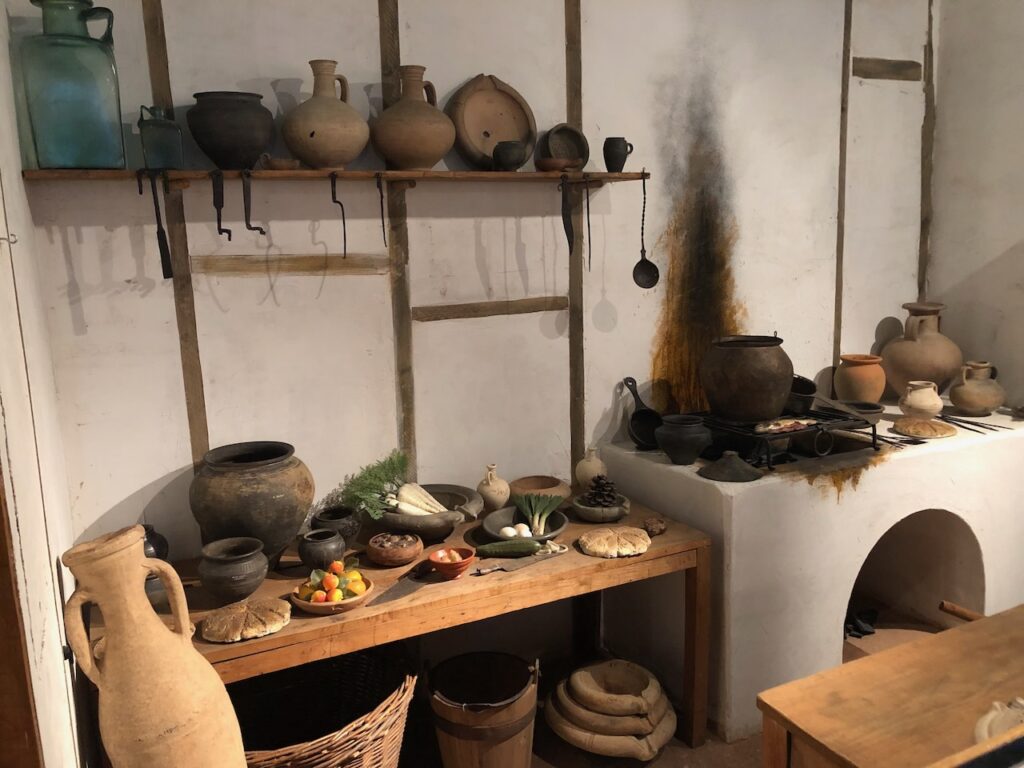
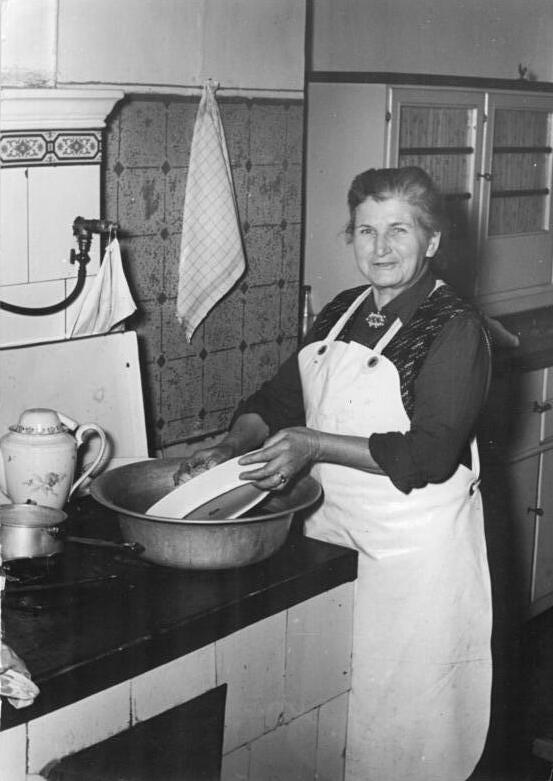
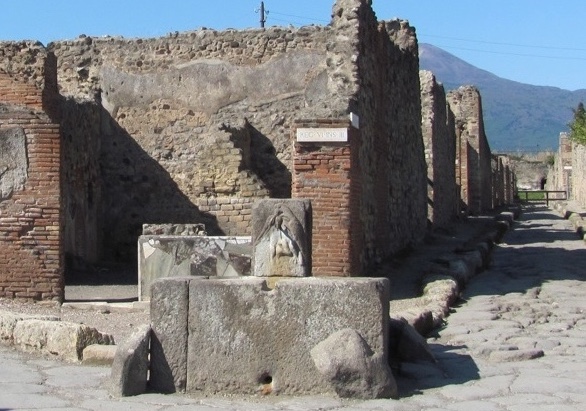
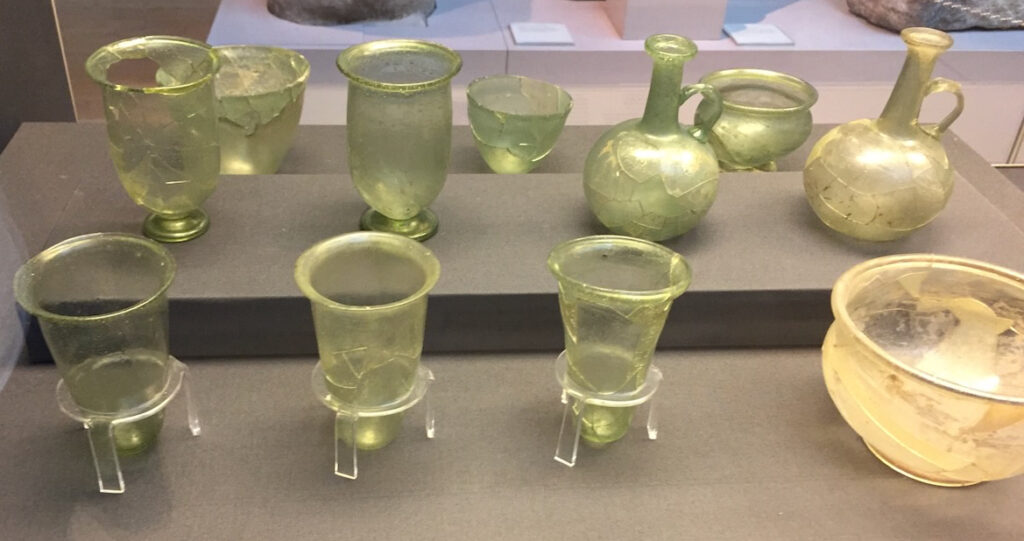
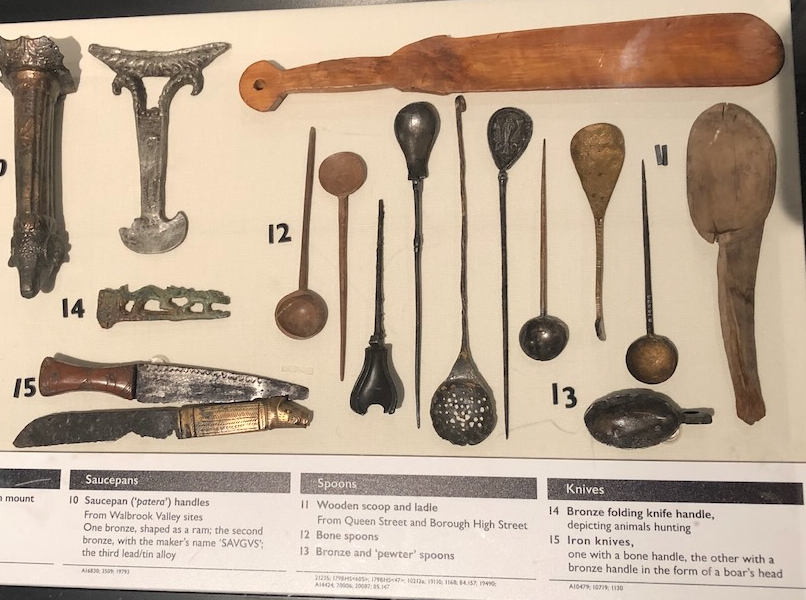
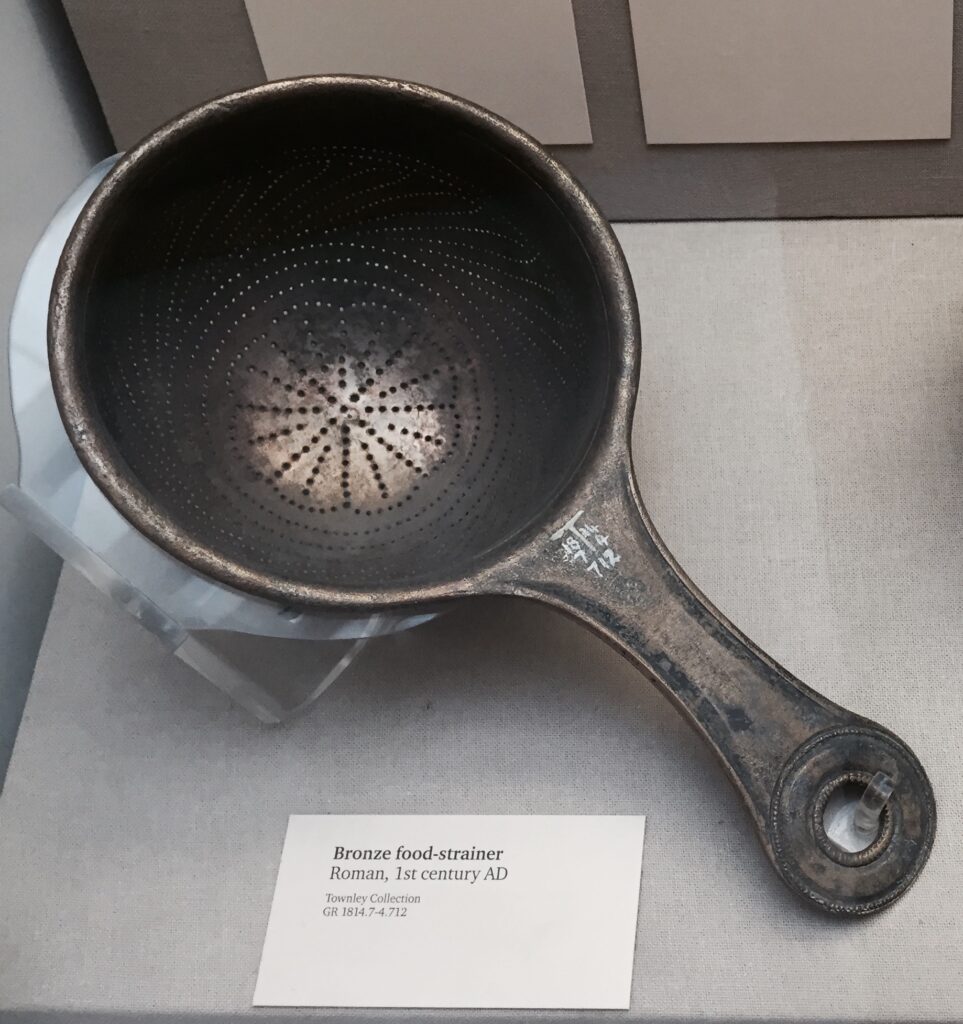










Leave a Reply